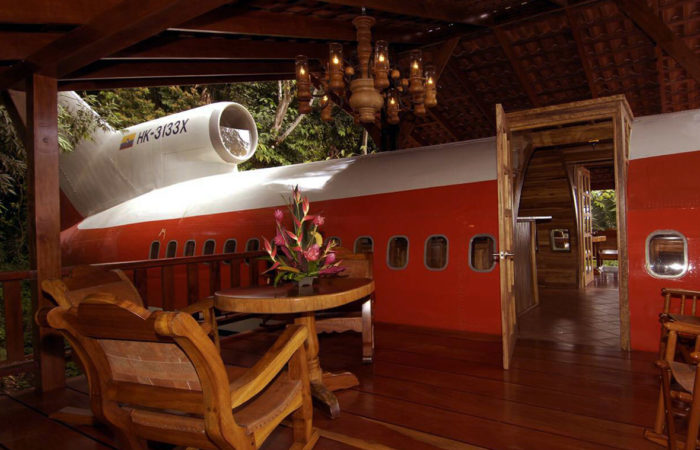Today a scientific expedition of the University of Barcelona set off to the northwest of Greenland to study the evolution of the glaciers. The team, led by Marc Oliva, professor at the Faculty of Geography and History, and with the support of the Office of the Vice-Rectorate for Research, is accompanied by TV3 and El País journalists who will be reporting on their research work. The expedition will move to Qaanaaq, one of the northernmost towns on the planet, and from there they will make several trips to carry out fieldwork. For a few days, scientists and journalists will travel in dog sleds driven by members of the local Inuit population and they will sleep on the ice sheltered by the sleds and animal skins.
A recent study involving Marc Oliva has found that climate change is accelerating the melting of ice in Greenland at an alarming rate, with serious implications not only for the Arctic, but also for the global climate, including Europe. "We are now going to the northernmost inhabited area of Greenland, where glacier retreat has not been as accelerated in recent years", explains the researcher. "The aim is to understand whether this relative stability is recent or a trend that continues over millennia, so we can broaden our understanding of the stability of the Greenland ice cap as a whole, and its different spatial and temporal responses", he adds.
The scientific team is formed by UB researchers Marc Oliva, Julia García and the vice-rector for Research, Jordi García; José María Fernández, from the Complutense University of Madrid; Nacho López Moreno, from the Pyrenean Institute of Ecology of the Spanish National Research Council (CSIC), and Vincent Jomelli, from the European Centre for Research and Training in Environmental Geosciences (CEREGE) in France.
The expedition is part of the research projects GRELARCTIC - "Holocene glacial response and environmental dynamics in Greenland and Ellesmere" (Ministry of Economy and Competitiveness) and ISLANDSINTHEICE - "Deglacial history and environmental consequences in west-central Greenland" (Ministry of Science, Innovation and Universities).






